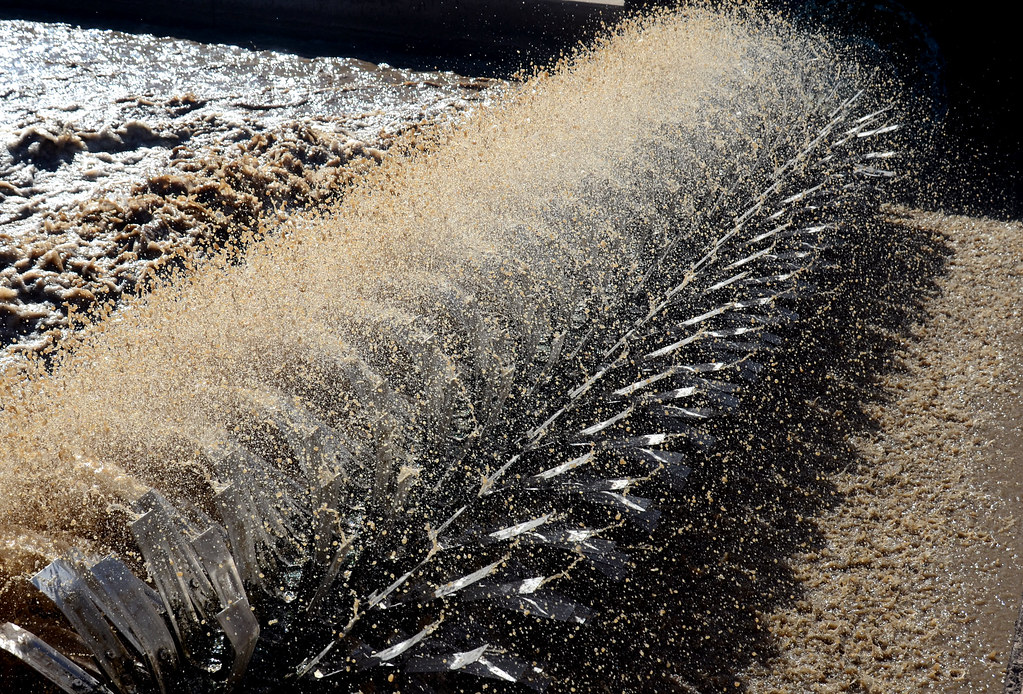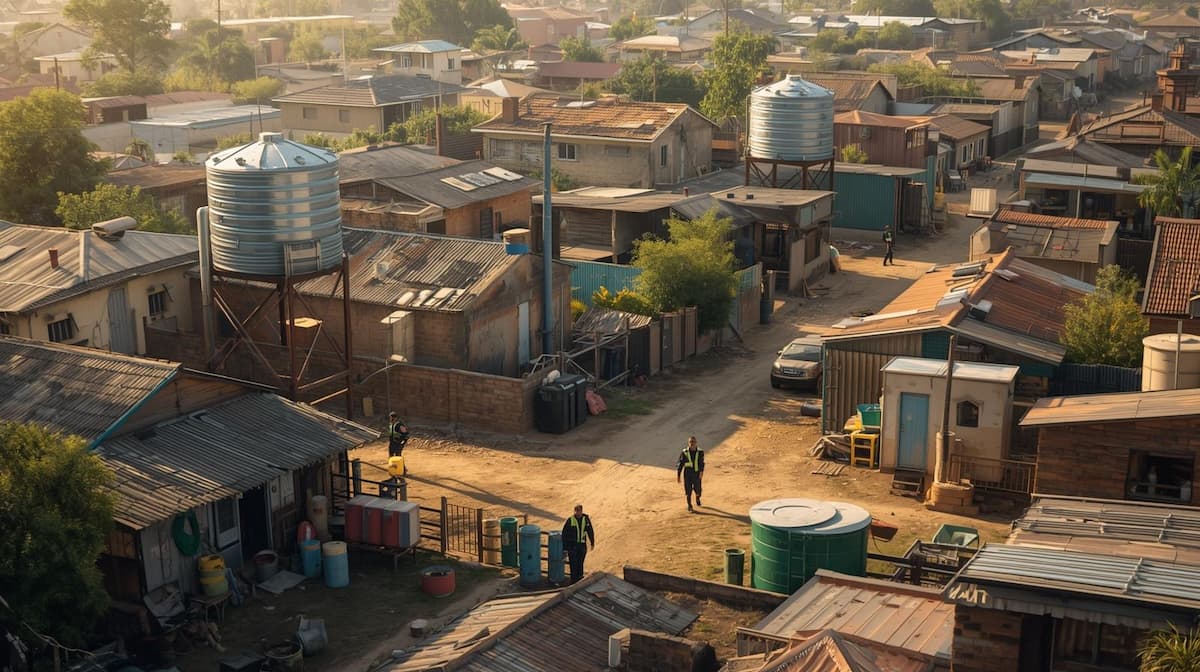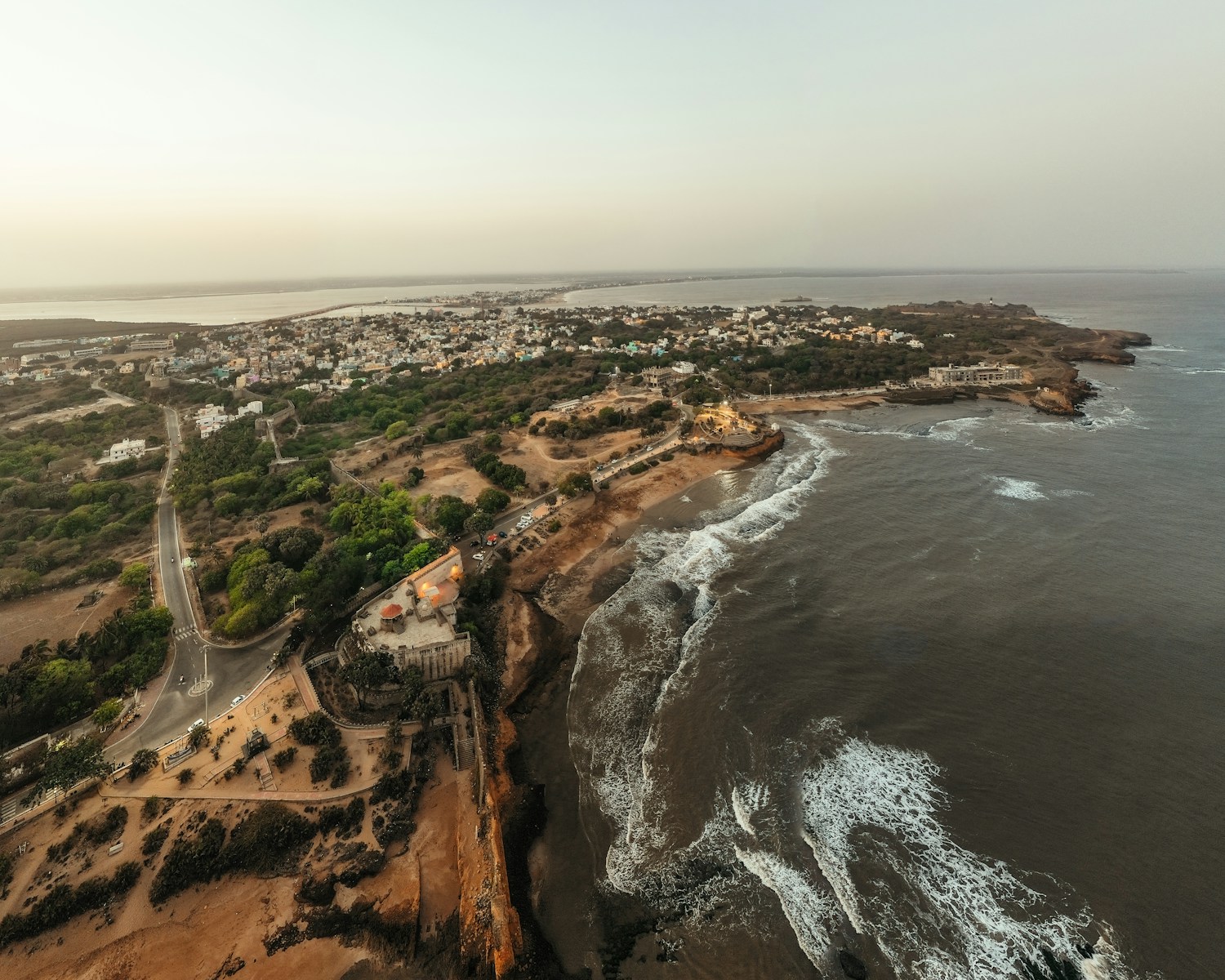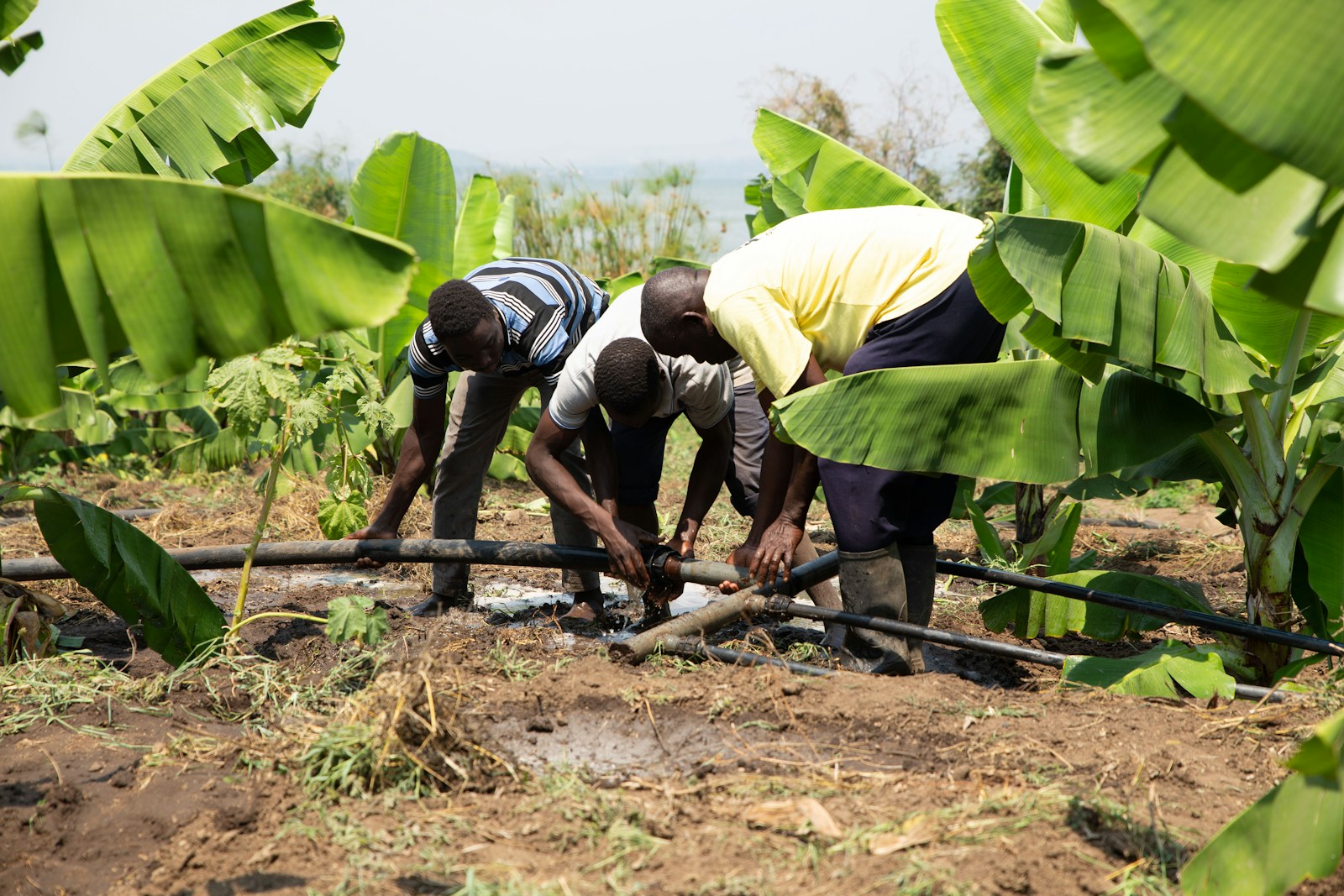South Africa is facing an escalating environmental and public health emergency as millions of litres of untreated wastewater leak into rivers and streams every day. While government reports focus on the quality of treated sewage, a disturbing reality lurks beneath: large volumes of wastewater never even reach treatment facilities.
A collaborative investigation by water scientists and engineers reveals a massive gap in the country’s wastewater infrastructure. Despite a growing population, treatment plants are processing the same or even less sewage than they did a decade ago a sign that the system is failing silently.
Failing Infrastructure, Missing Sewage
Wastewater, including everything from household sewage to industrial discharge, is supposed to flow through underground networks to treatment plants. But in many areas, particularly in cities like Pietermaritzburg and Johannesburg, leaking, broken, or vandalized pipes are causing vast amounts of wastewater to vanish often straight into the natural environment.
In a detailed case study at the Darvill treatment plant in Pietermaritzburg, researchers found that despite a significant investment of over R1 billion (US$56 million) between 2013 and 2021 to expand capacity, the facility is currently processing less sewage than it did before the upgrade. An estimated 20 million litres of sewage go missing each day not because the plant can’t handle it, but because the waste never arrives.
Official Monitoring Falls Short
South Africa’s Green Drop programme, created to assess the performance of wastewater treatment plants, fails to track how much sewage actually reaches these facilities. A plant could receive high marks under Green Drop while the majority of wastewater in its region spills untreated into the environment.
The situation is not unique to Pietermaritzburg. Johannesburg’s Northern Works treatment plant processed nearly 80 million litres less sewage per day in 2021 compared to 2013 yet this decline had little impact on its Green Drop assessment.
The Consequences: A National Emergency
Leaking wastewater doesn’t just disappear it ends up polluting South Africa’s already fragile freshwater systems. The clearest sign is the surge in E. coli levels in rivers near urban centres. In areas surrounding Pietermaritzburg, bacterial counts are now more than ten times higher than they were 15 years ago.
This contamination endangers vulnerable communities who rely on these water sources. Around the world, poor sanitation contributes to over 1.5 million deaths annually nearly 400,000 of them children under the age of five. South Africa’s water crisis is a public health crisis in the making.
Water Security at Risk
Beyond health, the leakage crisis threatens South Africa’s water security. As one of the most water-stressed nations globally, any waste of clean water or contamination of fresh supplies compounds an already critical challenge. Polluted water is harder and costlier to treat, reducing availability for reuse in agriculture or as drinking water.
Systemic Change Is Urgent
Experts agree: patchwork fixes are not enough. South Africa must urgently prioritize restoring and maintaining its wastewater networks not just upgrading treatment plants. These upgrades are meaningless if sewage cannot reach them.
Accountability is also key. Municipalities need to take full responsibility for the entire wastewater system, from collection to treatment. Governance reform and infrastructure investment must go hand-in-hand to stop the silent collapse of this vital sector.
Empowering Communities Through Science
Citizen scientists are increasingly stepping in to help. With simple tools to test water clarity and quality, community members are reporting issues, raising awareness, and even influencing local environmental decisions. This grassroots involvement is helping bridge data gaps and fostering a stronger culture of environmental stewardship.
Lessons From the Past, Warnings for the Future
Tragedies like the 2014 Bloemhof and 2022 Rooiwal-Hammanskraal cholera outbreaks, both linked to poor wastewater management, underline the deadly cost of inaction. Without serious political will and leadership, more such disasters are likely.
Conclusion: Wastewater Deserves National Attention
South Africa’s wastewater crisis is more than just a technical issue it’s a threat to public health, environmental sustainability, and national resilience. Millions of litres of sewage are vanishing daily into rivers and soil, with dangerous consequences. While reinstating the Green Drop system was a positive step, it is not enough.
South Africa must treat wastewater infrastructure as a national priority, invest in its repair, and hold authorities accountable. With decisive action, the country can protect its water, its people, and its future. Clean water is not a luxury it’s a right.
for more news : africaciviclens.com




